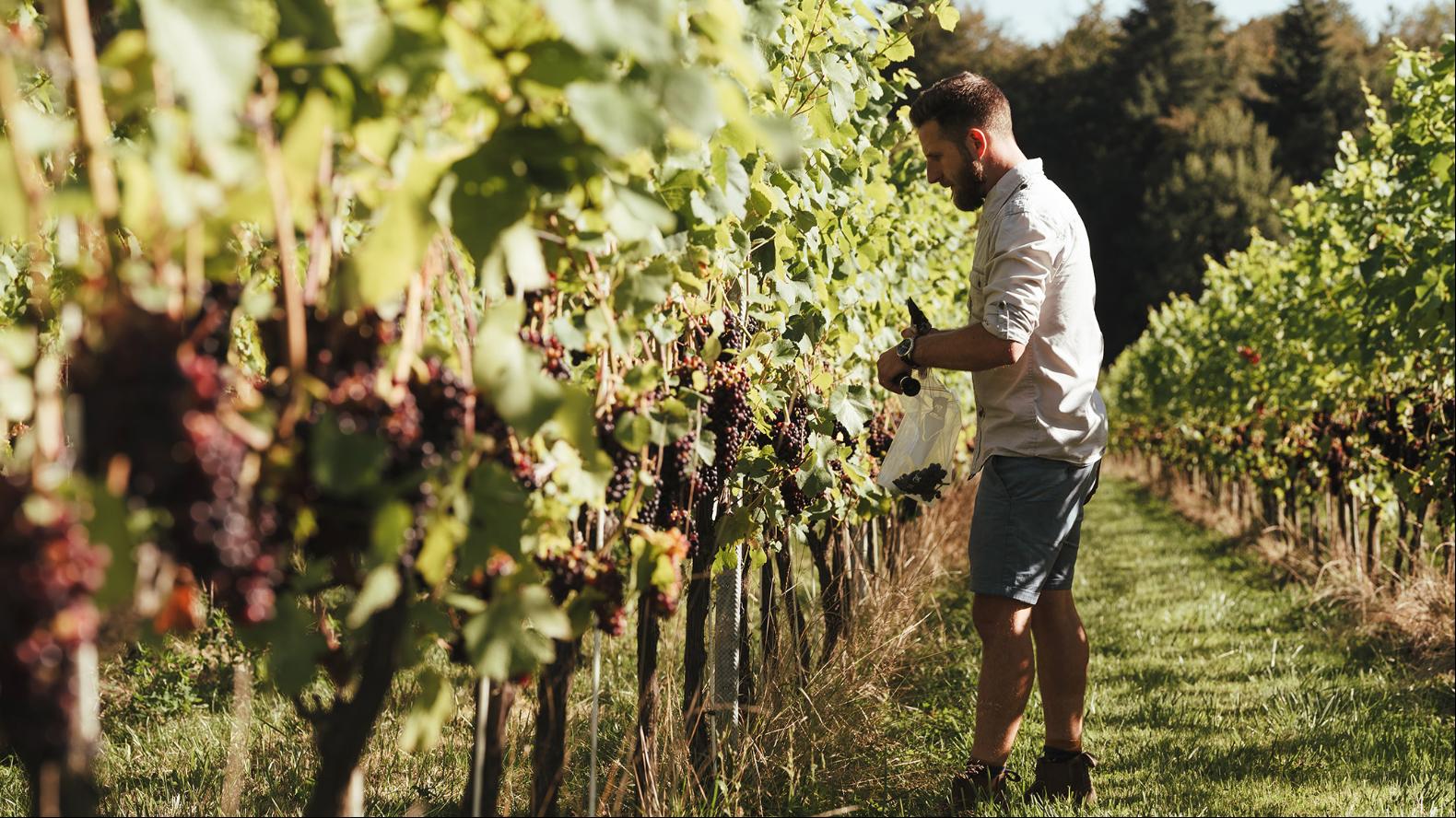
By Jemima Skala
For wine aficionados, the idea of drinking a bottle from your own backyard holds a particularly powerful allure. But although the fantasy of sitting among the rolling vines with a nice home-produced vintage is tempting, it’s important to know what you’re really in for. So, if you’re yearning for a place with a vineyard, how exactly do you go about buying it?
The first thing to remember when considering buying a vineyard — or starting your own — is that you are leaping in to the world of agriculture. Whether you plan to tend it yourself or hire a team, vineyards need constant, year-round care and attention. Secondly, making and selling wine is, of course, a business. Once you’ve ensured the agricultural side of the vineyard is in order, you need to consider it as an enterprise: does it have a history of productivity over the past few harvests, a good record of sales and a solid route to market? Is it growing the kind of grape varieties that are suitable for the climate, and are those wines attractive to the current market?
If you’re a keen amateur, you could volunteer on a vineyard for a few days to get a feel for the work before taking the plunge. Matt Gregory is a winemaker who works in the Leicestershire Wolds and offers volunteer spots around harvesting in October. Alternatively, you could choose to have a grower take over your vines — simply buy a vineyard and then rent it to a winemaker looking to start their business.

To buy a property with an existing vineyard, Will Banham, a partner in estate agent Knight Frank’s viticulture team, has this advice: “It’s about having that discussion on whether you are ‘house-led’ or ‘vineyard-led’: can you get the dream farmhouse with a perfectly good vineyard attached to it, or alternatively do as much work to the house as needed if you’ve found the right type of vineyard.” That said, Banham also notes: “There’s a balance between doing your research and coming with an educated view as to what you’re after, but remaining flexible so you can be led by the opportunities that are out there.”
It’s important to employ a viticulture specialist who can advise you on the market, and also assess the productivity of the vineyard, as well as to send away soil and vine samples for nutrient and disease testing. But there are a few things a layperson can spot. According to Alistair Nesbitt, chief executive of vineyard and wine consultancy Vinescapes, “in a nutshell you’re looking for structure, life within the soil, and the soil’s drainage capabilities”. Winemaker Sophie Evans agrees: “If the soil crumbles in your hand, that’s no good . . . If it’s bouncy and some of it stays together, that’s quite a good sign.”

It’s necessary to visit your vineyard year-round. Check-ups in summer allow you to see for yourself how the vines are performing, whereas winter visits will give you a better idea of frost risk — a crucial factor to consider when buying a vineyard in the UK. “If cold air is going to get stuck right at the bottom of your vineyard, and early in the season, the small buds will get frosted and die,” says Evans. Banham advises looking for frost mitigation measures, such as fixed fans, or “bougies” — large candles that you put in the aisles of the vineyard, as well as in any awkward corners that aren’t likely to see a lot of sun.
At the end of it all, wine is an industry. Will Mower of vineyard services company VineWorks explains the formula: “You need to know who you’re going to sell that wine to, what it’s going to be like, and that will define grapevine selection and what fruit you’re going to produce, and that in turn will define what site you’re looking for.” Cin cin!
Photography: Vinescapes; Matt Gregory Wines/JoJo Cooper Photography; Sophie Evans





















